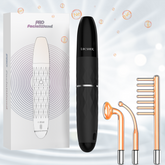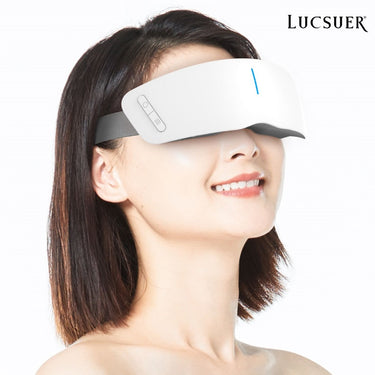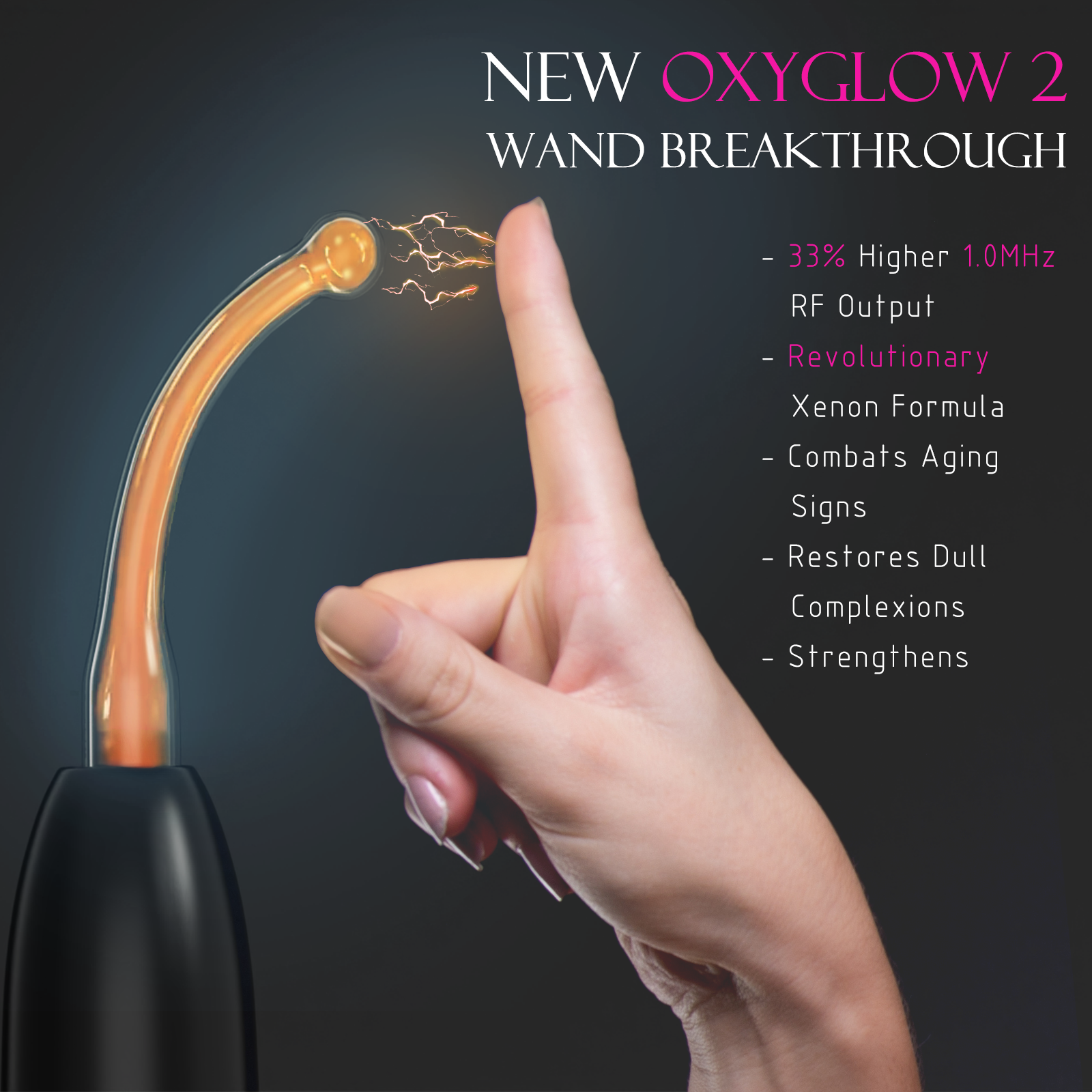We all dream of achieving that coveted youthful glow. While skincare products play a crucial role, there’s another secret weapon in the quest for radiant skin: face massage. This ancient technique has gained immense popularity in recent years, and for good reason. In this comprehensive guide, we’ll explore the science behind face massaging, its numerous benefits, and what results you can realistically expect.
The Science Behind Face Massaging
Face massage isn’t just a relaxing treat; it’s backed by science. Let’s delve into the physiological effects that make this technique so effective:
Increased Blood Circulation
When you massage your face, you’re essentially giving your skin a workout. This stimulation increases blood flow to the skin’s surface, delivering a surge of oxygen and essential nutrients. The result? A natural, healthy glow that no highlighter can replicate.
Lymphatic Drainage
Our faces can often look puffy, especially in the morning. Face massage helps combat this by stimulating the lymphatic system. This network of vessels helps drain excess fluid and toxins from our tissues. By gently massaging in the right direction, you can help reduce puffiness and promote a brighter, more defined complexion.
Muscle Relaxation
Just like the muscles in our body, our facial muscles can hold tension. This tension can lead to the formation of wrinkles over time. Face massage helps relax these muscles, potentially reducing the appearance of fine lines and wrinkles.
Collagen Production
Collagen is the protein responsible for keeping our skin firm and elastic. As we age, our natural collagen production decreases. Some studies suggest that regular face massage may help stimulate collagen production, improving skin elasticity and reducing the appearance of fine lines.
Benefits of Face Massaging
Now that we understand the science, let’s explore the specific benefits you can expect from incorporating face massage into your skincare routine:
Reduced Wrinkles and Fine Lines
Face massage can be a powerful tool in your anti-aging arsenal. By improving circulation, stimulating collagen production, and relaxing facial muscles, regular massage can help soften the appearance of wrinkles and fine lines. Over time, you may notice a more youthful, smoother complexion.
Improved Skin Tone and Texture
Uneven skin tone and rough texture are common concerns for many. Face massage can help address both issues. The increased circulation brings fresh blood to the skin’s surface, promoting a more even tone. Additionally, the gentle exfoliation provided by massage can help smooth out rough patches, revealing softer, more radiant skin.
Reduced Puffiness and Swelling
If you often wake up with a puffy face, face massage could be your new best friend. By stimulating lymphatic drainage, massage helps reduce fluid retention, especially around the eyes. This can lead to a more sculpted, refreshed appearance.
Enhanced Product Absorption
Are you getting the most out of your expensive serums and moisturizers? Face massage can help ensure you are. By improving circulation and gently opening pores, massage allows your skincare products to penetrate deeper into the skin, maximizing their effectiveness.
Relaxation and Stress Relief
Beyond its physical benefits, face massage offers a moment of zen in our hectic lives. This relaxation isn’t just good for your mental health; it can also benefit your skin. Stress is known to exacerbate various skin issues, so taking time to unwind with a face massage can lead to clearer, healthier-looking skin.
Face Massaging Techniques and Tools
Ready to give face massage a try? Here are some techniques and tools to get you started:
Manual Face Massage
You don’t need any special equipment to enjoy the benefits of face massage. Here’s a simple routine to try:
- Start with clean hands and a cleansed face.
- Apply a facial oil or serum to provide slip.
- Begin at the center of your forehead, using gentle upward and outward strokes.
- Move to your cheeks, massaging in circular motions.
- Gently pinch along your jawline from chin to ears.
- Finish by lightly tapping around your eyes with your ring fingers.
Remember, always use gentle pressure and avoid tugging at your skin.
Face Massagers
While manual massage is effective, face massaging tools can enhance your routine:
- Jade or Rose Quartz Rollers: These cool stones help reduce puffiness while massaging.
- Gua Sha Tools: These flat stones are excellent for sculpting and promoting lymphatic drainage.
- Electric Massagers: These devices often vibrate or use microcurrents for a more intense massage.
When choosing a tool, consider your skin type and specific concerns. For sensitive skin, opt for gentler tools like jade rollers. If you’re targeting deep wrinkles, an electric massager might be more effective.
Face Massaging for Different Skin Concerns
Face massage can be adapted to address various skin concerns:
Acne-Prone Skin
While you should avoid massaging active breakouts, gentle massage can help reduce acne in several ways:
- Improves circulation, promoting healing
- Reduces stress, a known acne trigger
- Enhances product absorption for acne treatments
Use light pressure and clean tools to avoid spreading bacteria.
Sensitive Skin
If you have sensitive skin, face massage can still be beneficial:
- Use very gentle pressure
- Opt for cooler tools like stone rollers
- Avoid fragranced oils that might irritate your skin
- Start with short sessions and gradually increase duration
Mature Skin
Face massage can be particularly beneficial for mature skin:
- Focus on upward motions to combat sagging
- Pay extra attention to areas prone to wrinkles, like around the eyes and mouth
- Use nourishing oils to provide extra hydration
Realistic Expectations and Results
While face massage offers numerous benefits, it’s important to have realistic expectations:
- Consistency is Key: Like any skincare routine, face massage requires regular practice to see results.
- Timeframe for Results: While you might notice immediate effects like reduced puffiness, more significant changes in skin texture and wrinkles can take weeks or months to appear.
- Individual Variation: Results can vary depending on factors like age, skin type, and overall health.
Frequently Asked Questions (FAQs)
Q1: How often should I do a face massage?
A: For best results, aim for daily massage, even if it’s just for a few minutes. If you’re using tools, 2-3 times a week is sufficient.
Q2: Can I use a face massager if I have sensitive skin?
A: Yes, but choose gentle tools and use light pressure. Always patch test new products and discontinue use if irritation occurs.
Q3: What are some good skincare products to use after a face massage?
A: Light, easily absorbed products work best. Try a hydrating serum followed by a moisturizer. Avoid heavy creams that might clog pores.
Q4: Are there any risks associated with face massaging?
A: When done correctly, face massage is generally safe. However, avoid massaging if you have active acne, rashes, or sunburn. If you have any medical conditions, consult your dermatologist before starting a face massage routine.
Conclusion
Face massage is more than just a luxurious treat; it’s a powerful tool for achieving healthier, more radiant skin. By improving circulation, promoting lymphatic drainage, and enhancing product absorption, regular face massage can help you achieve that coveted youthful glow.
Remember, the key to seeing results is consistency. Whether you opt for manual massage or invest in a face massaging tool, make it a regular part of your skincare routine. With patience and persistence, you’ll likely notice improvements in your skin’s texture, tone, and overall appearance.
So why not give your skin a little extra love? Incorporate face massage into your daily routine and experience the benefits for yourself. Your skin will thank you!









